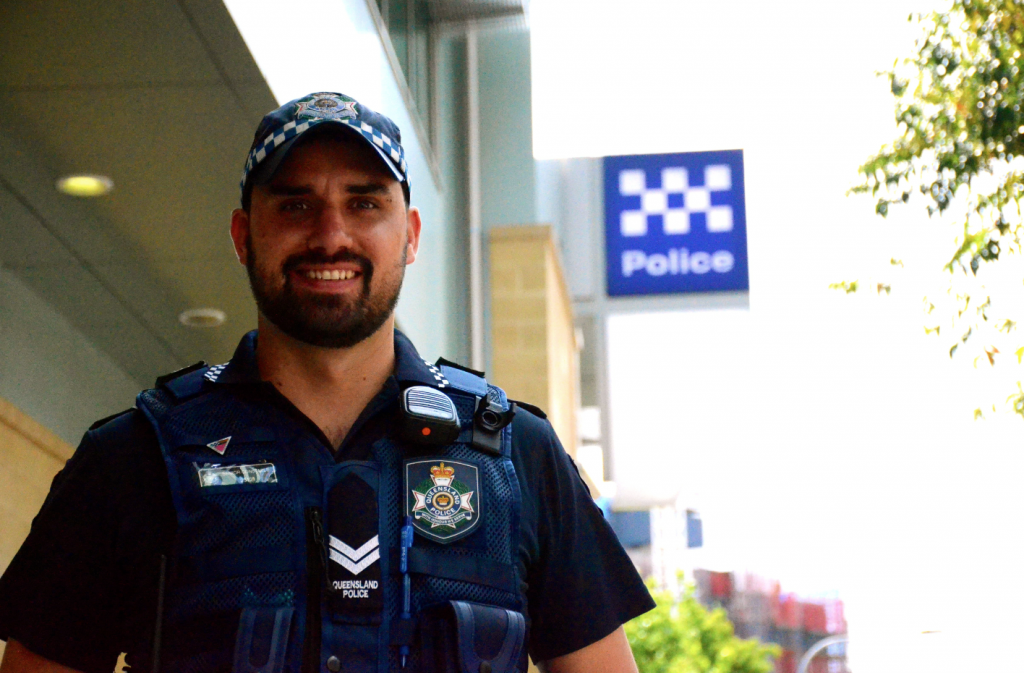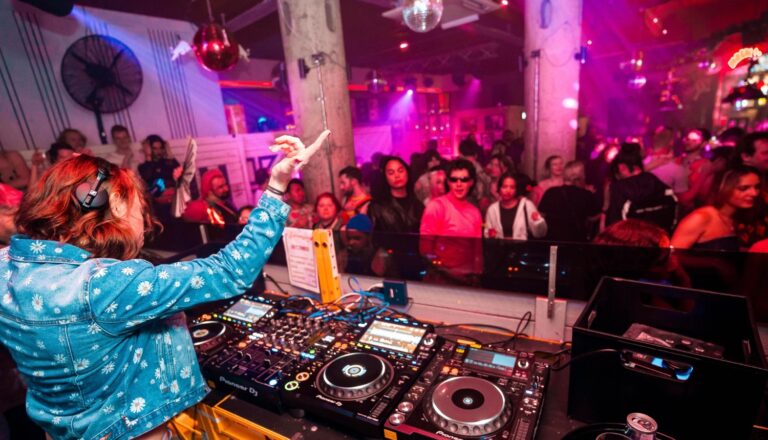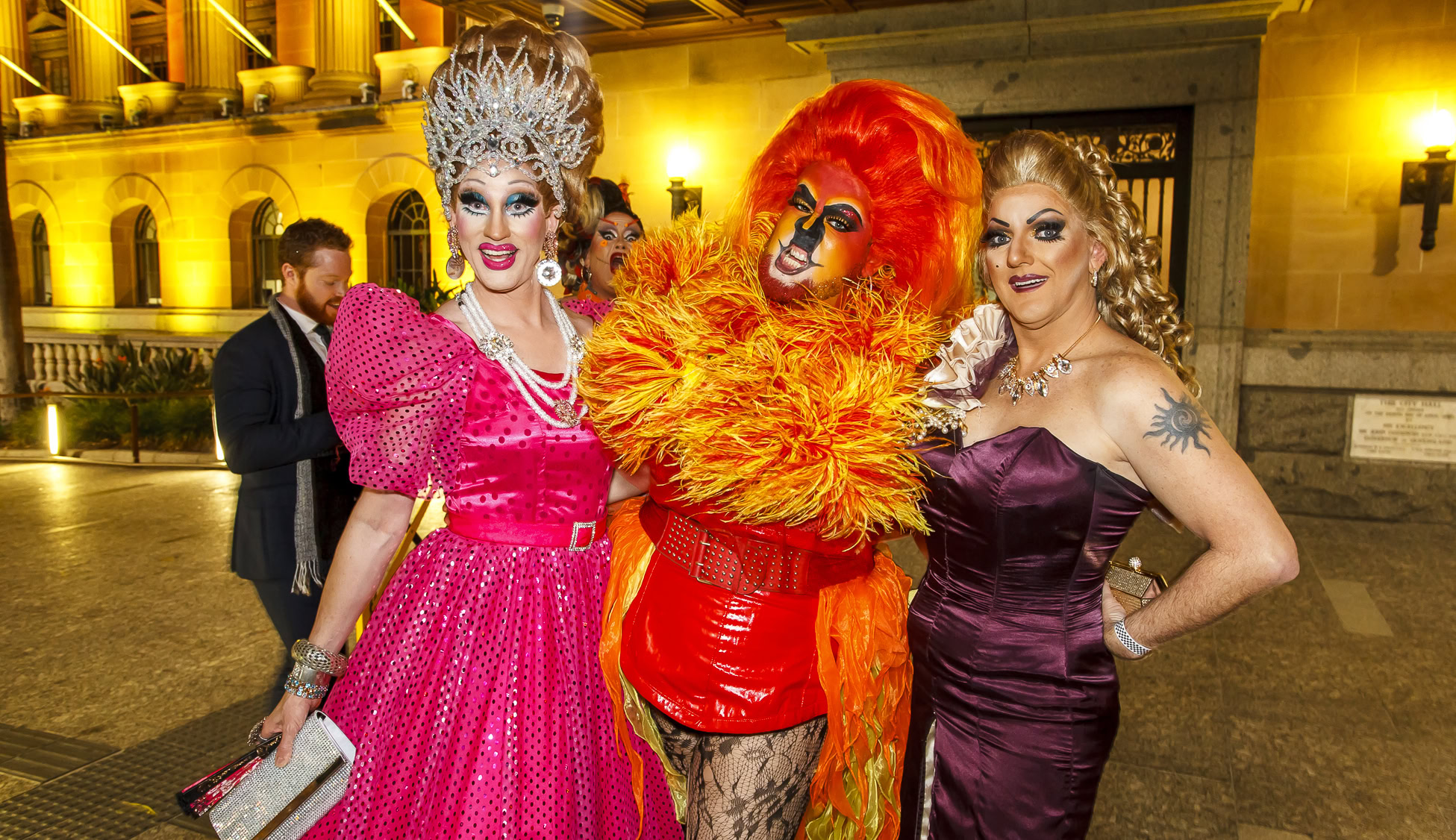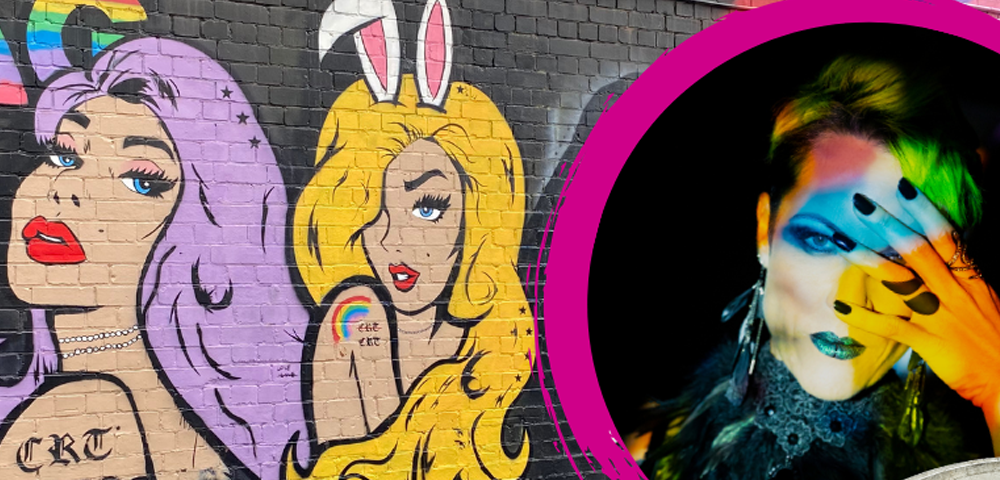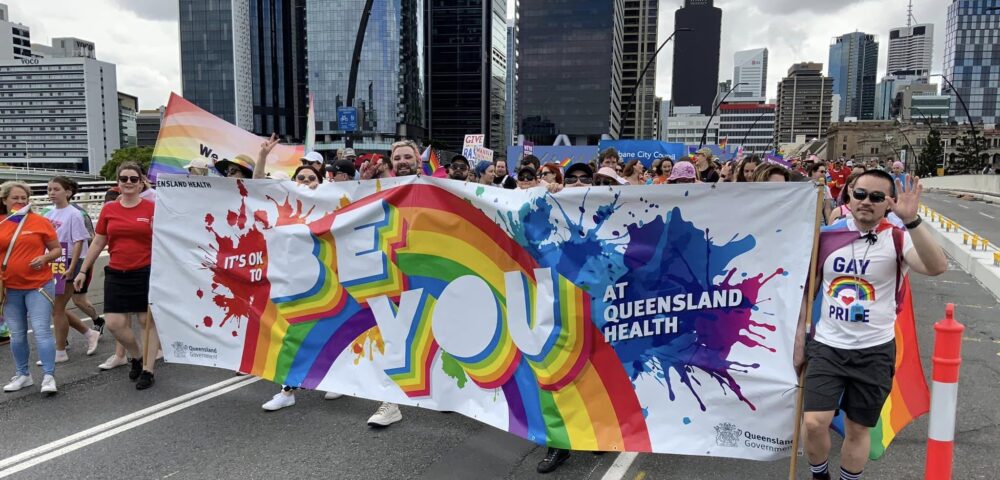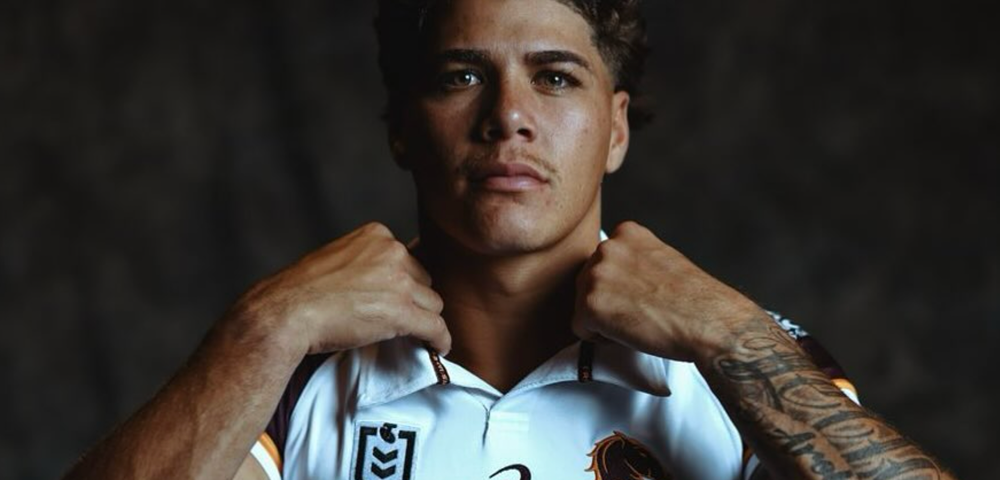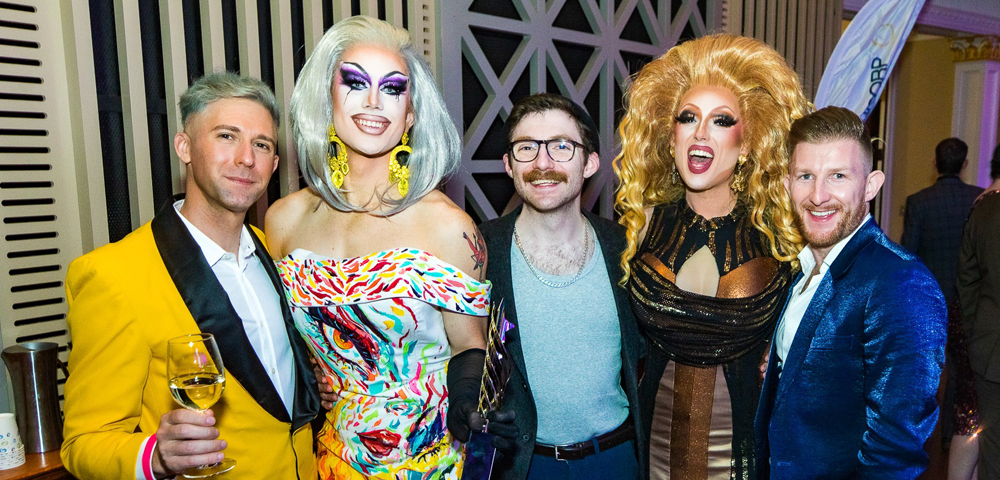
Queensland police’s LGBTI Liaison Program goes from strength to strength
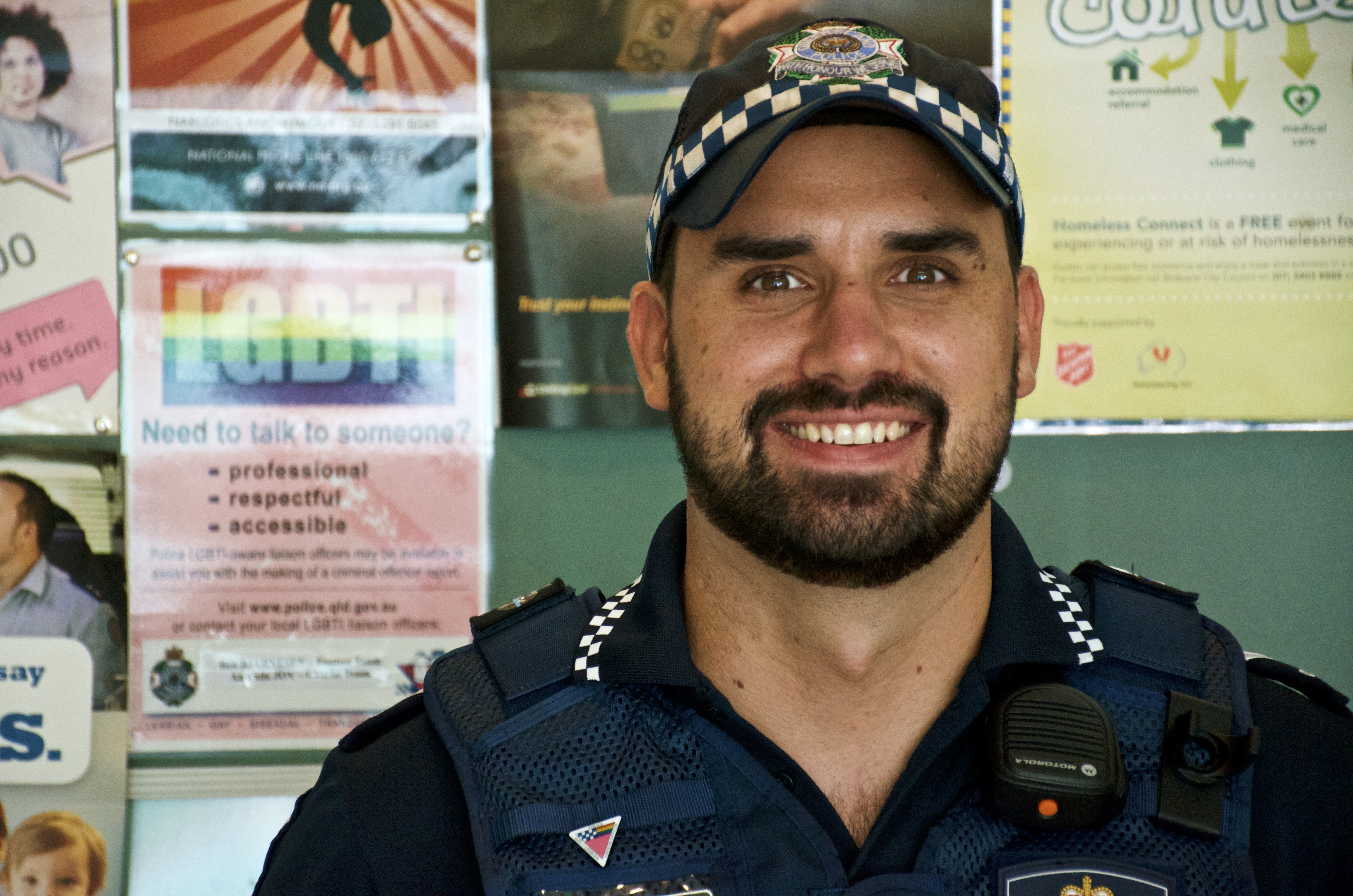
IT was the most gratifying experience for an openly gay Queensland police officer to finally march in uniform down one of Brisbane’s most iconic streets in the city’s biggest display of LGBTI pride for the first time in its 25-year history.
It was a quarter of a century in the making and it could have come a bit sooner, but for Senior Constable Ben Bjarnesen – who is one of the LGBTI liaison officers for the Fortitude Valley police precinct – and many of his fellow LGBTI police service members, it was extraordinary that it happened when it did.
“It was an amazing experience and I was so excited to be a part of it. It was a historical occasion for us to be able to march in uniform representing the QPS [Queensland Police Service] and something that I was truly proud to be a part of,” Bjarnesen told the Star Observer.
Despite their southern cousins being involved in Melbourne’s Midsumma and most notably, Sydney’s Mardi Gras for quite some time, it seemed fitting that a monumental first be achieved in a milestone year for Brisbane Pride Festival.
Along with a request from Brisbane Pride president Peter Black, Bjarnesen had submitted his own request to the state’s most senior police officer.
“I submitted a request to Commissioner Stewart earlier in the year seeking his approval for us to march, so I was ecstatic to hear that the request had been approved and for the first time in the history of the QPS we would be allowed to march in the parade in uniform,” Bjarnesen said.
“At the time I was advised the request had been approved I was in a meeting with some other LGBTI officers. The happiness and excitement in the room is a moment that I will never forget.”
The experience was unforgettable as well, for an officer who had only imagined what it would have been like to be openly gay in the QPS.
“I joined the QPS in 2007 and at that time I was not ‘out’ at work. I would see photos of police in other countries participating in their own pride parades and at that time I could only dream of being ‘out’ at work and one day being able to march in uniform,” he said.
“Fast-forward to 2015 and here we are proudly demonstrating the diversity of the QPS and showing not only our support, but also the commitment that we have to serving the LGBTI community.”
Given a history between the Queensland LGBTI community and QPS, in particular during the years of the Joh Bjelke-Petersen Government that spanned the 1960s to 1980s, having such a warm reception from that community to their participation in Brisbane Pride march was remarkable for Bjarnesen.
“It was overwhelming to see the support that we had,” he said.
“I expected that the news of us marching would receive a positive response but I had no idea of how supportive and encouraging the community would be on hearing that we were to march.”
To address the historical unease between the two and in an effort to improve police conduct and sensitivity, the QPS established the LGBTI Liaison Program in 1997 as a trial and has grown in strength, popularity and effectiveness ever since.
“The program enables appropriate policies and strategies to be developed to ensure the delivery of an equitable service across the state,” Bjarnesen said.
“I undertook training to become an LGBTI Liaison officer in 2010 whilst I was stationed in Roma. This comprised of attending a five-day course at the Queensland Police Academy where we had a number of guest speakers including Queensland AIDS Council, Open Doors, PFLAG, The Anti-Discrimination Commission and members of the transgender community.”
He added that many in the QPS understand there may be apprehension from some in the LGBTI community when it came to reporting assault, domestic violence and other crimes to police when sexuality comes into the equation due to concerns about client confidentiality, discrimination and a perceived lack of sensitivity regarding LGBTI issues.
“The LGBTI Liaison Officer program allows members of the community to contact police who are aware of the specific issues that may affect the LGBTI community,” Bjarnesen said.
“[They] engage with the community in a number of different ways, such as building and maintaining relationships with local agencies associated with the LGBTI communities including at community events.
“[They provide] advice and support when requested by individual members of LGBTI communities and [supports] investigations and other police incidents that impact upon or involve a member of the LGBTI community where requested.
“[They improve] awareness of LGBTI community needs to other police officers within the district and [assist] crime prevention officers to develop strategies for effective responses to emerging trends and issues occurring within LGBTI communities.”
From being more visible and involved with the LGBTI community through events such as Brisbane Pride and constantly evolving their liaison services, Bjarnesen suggested the community keep an eye out on what the QPS had in store.
“We are working hard behind the scenes to enhance the way we deliver services to the LGBTI Community and also internally to members of the service who are part of the LGBTI community.” he said.
For information about the QPS LGBTI Liaison Program or to get in contact with the service, visit mypolice.qld.gov.au/blog/2015/10/15/lgbti-liaison-officers-email-away
